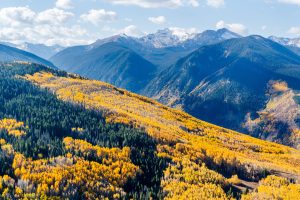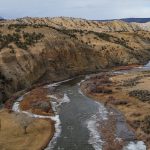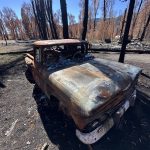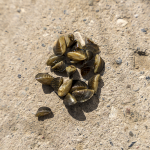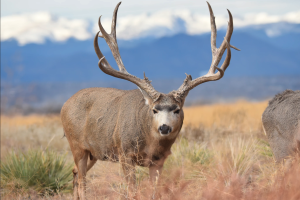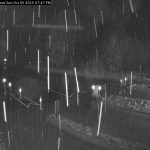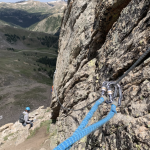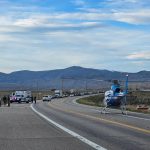Lands worth protecting: Colorado nonprofit identifies 10 Western Slope landscapes vulnerable to rising threats against public lands
New Wilderness Workshop report selects 10 areas that would significantly benefit from permanent protections
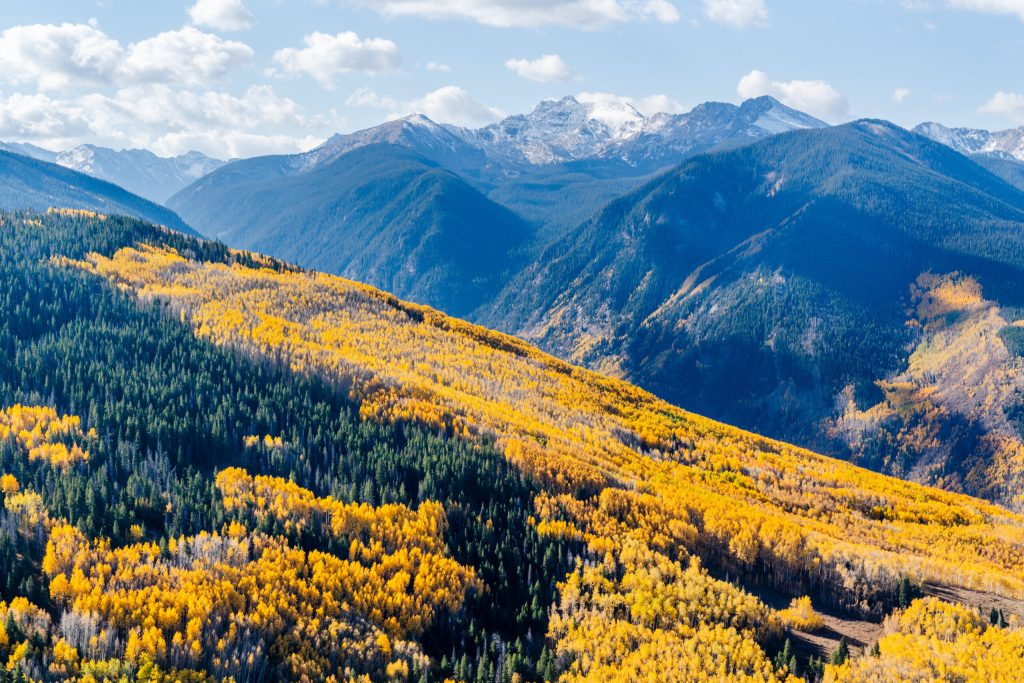
Eco Flight/Courtesy Photo
Part of what defines Colorado’s Western Slope is the expansive landscapes and regions where wildlife roam free, backcountry recreation opportunities abound and cultural artifacts of the state’s history reside. However, it is becoming increasingly difficult to keep these places wild amid growing threats of development and climate change.
Wilderness Workshop, a Carbondale-based nonprofit, has identified 10 areas on the Western Slope that are at the highest risk due to increasing environmental and political pressures in a report titled “Wild for Good.”
The report includes landscapes like the Dolores River Canyon spanning Mesa and Montrose counties, the Continental Divide region stretching from the Williams Fork Mountains to the Tenmile Range, the Crystal River Valley connecting the Raggeds and Maroon Bells-Snowmass wilderness areas, Red Table Mountain between the Eagle and Fryingpan rivers, and more.
“It shows exactly what’s at risk and how we can rally to protect them,” said Michael Gorman, who manages Wilderness Workshop’s public lands and waters campaigns.
The nonprofit was formed over 55 years ago to secure permanent protections for Colorado’s landscapes. It has helped usher in safeguards for areas like Collegiate Peaks, Mount Massive, Camp Hale-Continental Divide National Monument and the Thompson Divide. This report aims to continue this mission and keep the “remaining wildest places” on the Western Slope wild, Gorman said.
“This report is, in a lot of ways, about the next generation of places for Coloradans to protect,” said Will Roush, executive director of the Wilderness Workshop. “We’re blessed with a lot of amazing protected public lands, whether that’s the Maroon Bells or Flat Tops wilderness (areas) or Rocky Mountain National Park, Browns Canyon. Almost universally, everybody’s glad those places are protected.”
For the 10 areas identified, Roush said he hopes the report offers a “roadmap and a vision for that next generation of protected public lands that our generation needs to be advocates for.”
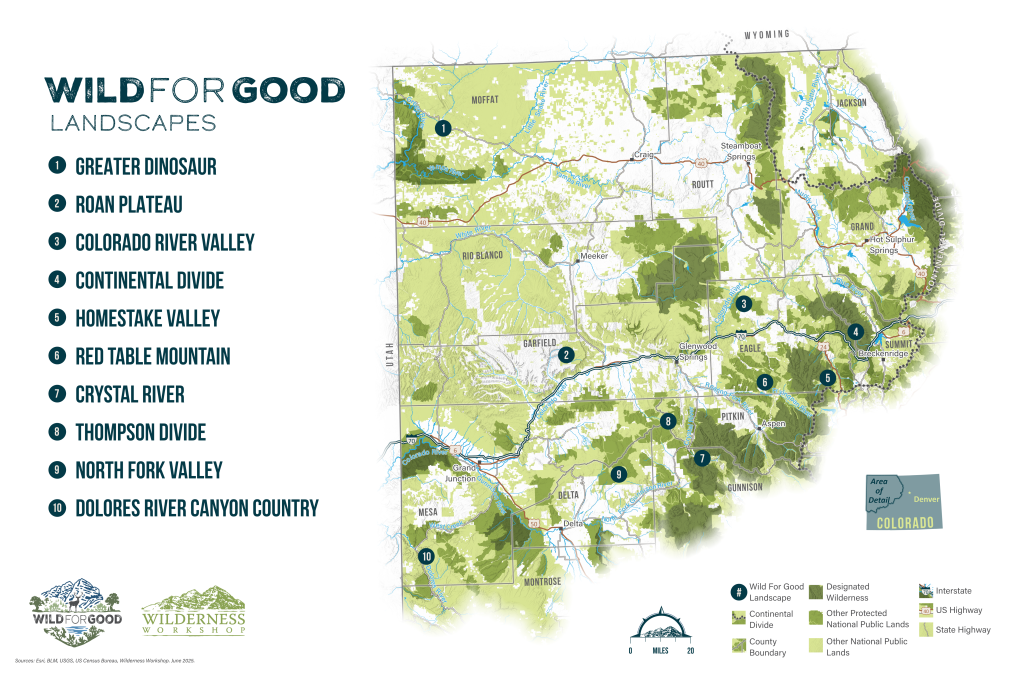
While each of the areas has unique characteristics, they all have a few things in common.
“They’re all identified because they’re important to our Colorado way of life, whether that’s recreation or clean air and clean water and open spaces,” Gorman said.
The landscapes also offer critical habitat and corridors for wildlife, including many species that are threatened or endangered like the greater sage grouse, Canadian lynx and more, as well as cultural spots like Camp Hale, petroglyphs and ancient Indigenous sites.
In addition to the values of the land itself, each of the 10 areas has seen significant support within their local communities, including from local governments, ranchers, conservationists and recreationists.
“That strong support makes them winnable,” Gorman said. “There’s a real chance that we can secure lasting protection on these places because of that combination of the threats, their values, and then the support on the ground.”
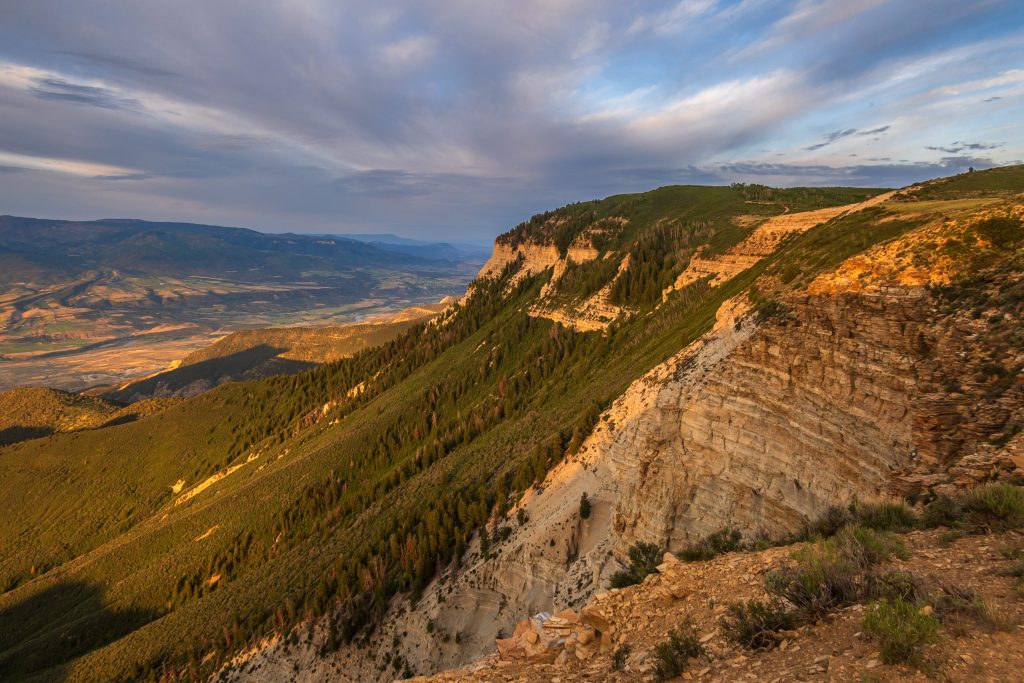
How to protect Colorado public lands
While many of the lands identified in the report have seen growing threats for decades, priorities and actions under the Trump administration since January have created a new sense of urgency for protection among conservationists.
This includes executive and secretarial orders to increase energy, timber and oil and gas development in the U.S., proposed and failed sales of millions of acres of Western public lands, a proposal to rescind a Bureau of Land Management rule prioritizing conservation, threats against National Monument designations and more.
“The need and the value for permanent protection have just become so much more apparent because of the cumulative impact of all these attacks on public land,” Roush said.
Permanent protections via federal designations are “by far the best way to prevent those really significant ecological harms and impacts to local communities,” Roush added. This includes designating places as Wilderness, Wildlife Conservation Areas, National Monuments and Wild and Scenic Rivers.
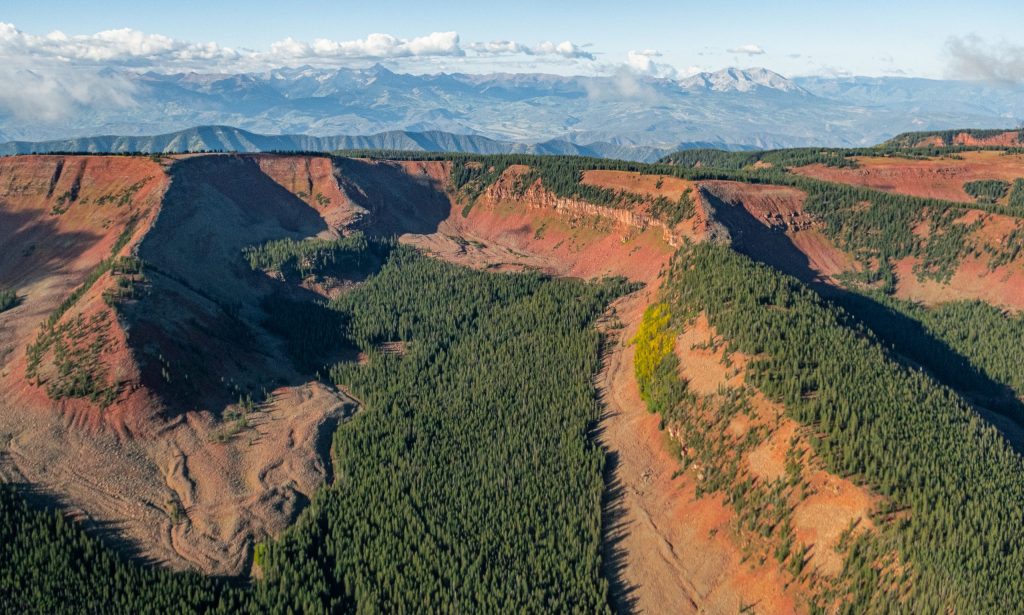
For many of the areas on the list, these designations are currently or have previously been proposed by federal legislation. Red Table Mountain has been proposed for protection several times, including in the contentious Hidden Gems Wilderness proposal. At 49,849 acres, this is the largest recommended Wilderness Area — a designation granted by the U.S. Forest Service — in Colorado.
The CORE Act, which was reintroduced in February for the sixth time, would add these types of protections to over 420,000 acres of Colorado public land. Several of the areas included in the act are also identified in the Wilderness Workshop report. This includes the designation of three new wilderness areas in the Tenmile Range, Hoosier Ridge and Williams Fork Mountains in the Continental Divide region, in addition to permanently extending the Thompson Divide protections, which were granted by the Biden administration and gave it a 20-year reprieve from new oil and gas leasing.
“I really think it’s a matter of when, not if, the CORE Act will pass,” Roush said. “And that ‘when’ is dependent upon a whole suite of political factors that are, unfortunately, largely out of our control.”
The GORP Act, reintroduced this year, would also protect 730,000 acres of land in Gunnison, Saguache, Ouray, Hinsdale, Delta and Pitkin counties. Wilderness Workshop calls attention to areas like Treasure Mountain in the Crystal River Valley, which would be added to the Raggeds Wilderness Area under the bill, and the expansion of the West Elk Wilderness Area in the North Fork Valley to include two prominent mountains in Paonia.
“We’re hoping that this report can help raise awareness and appreciation for each of these 10 landscapes, hopefully inspire people to go and visit them and then to take action,” Roush said.
With the report, the nonprofit also launched a website by the same name, Wild for Good, where individuals can stay involved and receive timely updates on opportunities to advocate for the 10 areas identified.
“There’s a whole laundry list of ways to speak out for public lands,” Roush said. “In the end, I think it’s a collective response that really makes a big difference for our elected officials and will ensure they continue to then speak out for all of us in D.C. on behalf of public lands.”
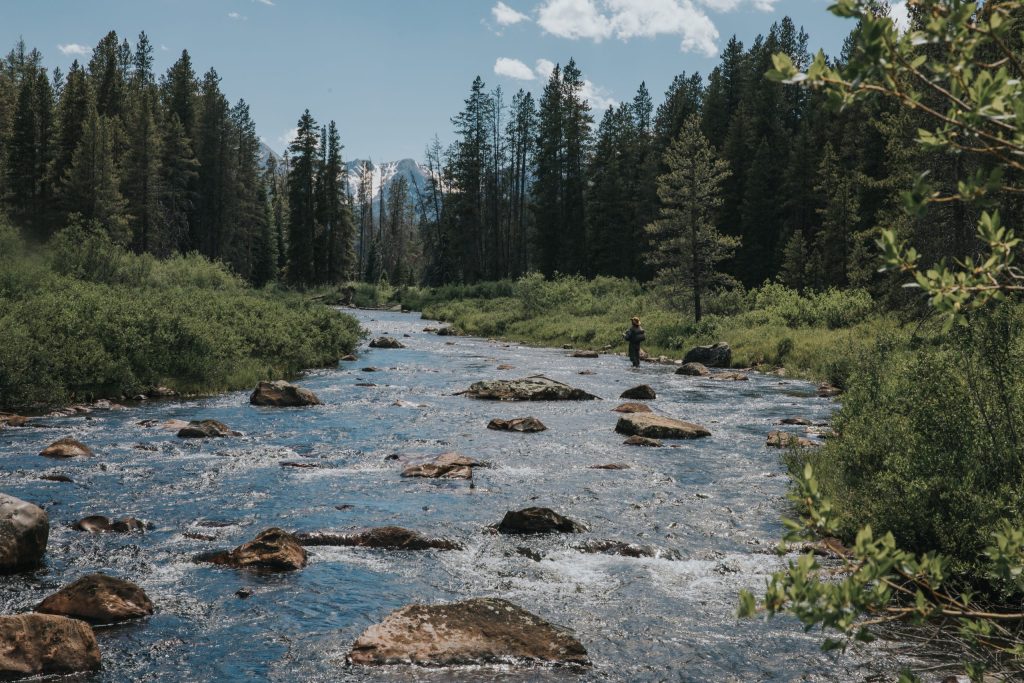
Lands worth protecting: Colorado nonprofit identifies 10 Western Slope landscapes vulnerable to rising threats against public lands
New Wilderness Workshop report selects 10 areas that would significantly benefit from permanent protections

Support Local Journalism

Support Local Journalism
The Sky-Hi News strives to deliver powerful stories that spark emotion and focus on the place we live.
Over the past year, contributions from readers like you helped to fund some of our most important reporting, including coverage of the East Troublesome Fire.
If you value local journalism, consider making a contribution to our newsroom in support of the work we do.

